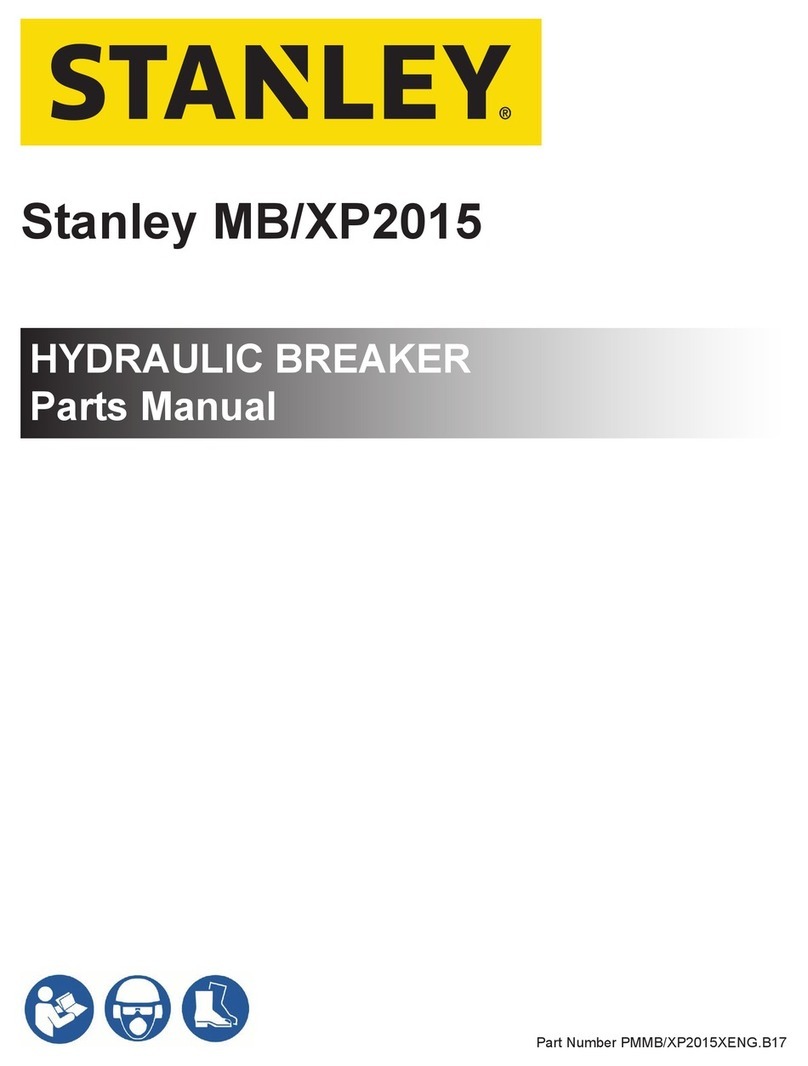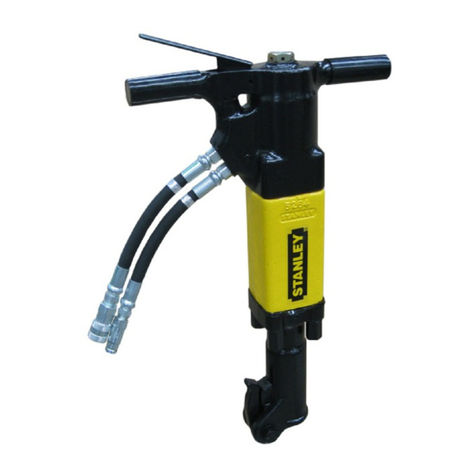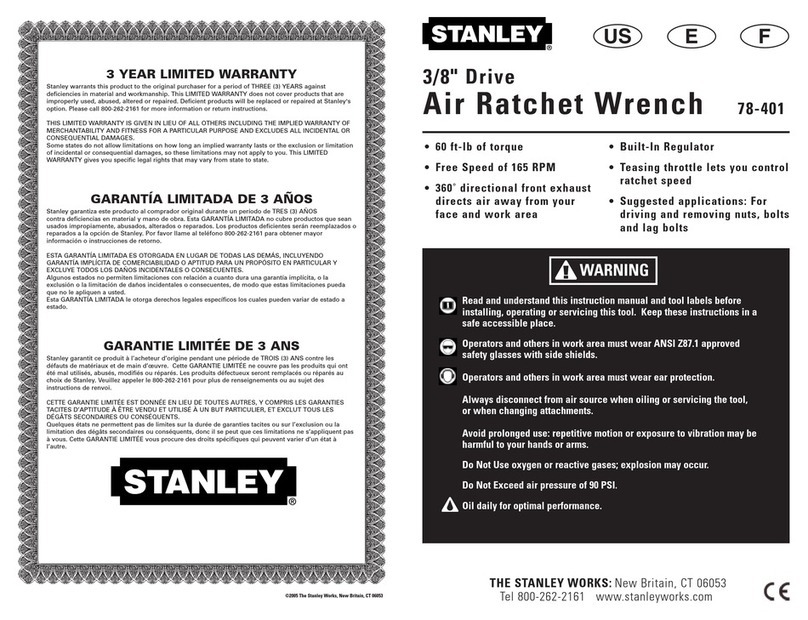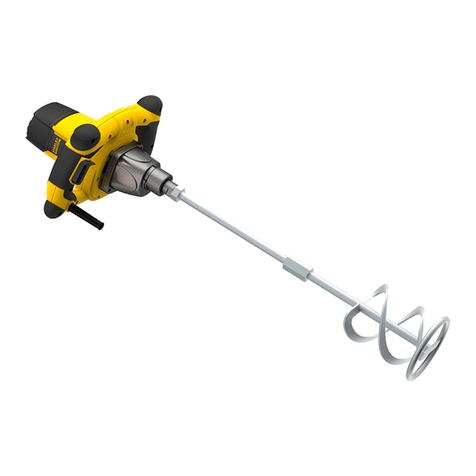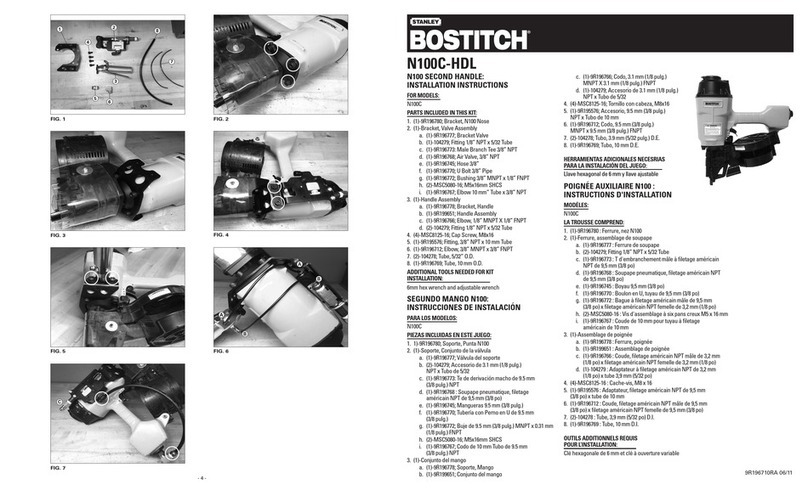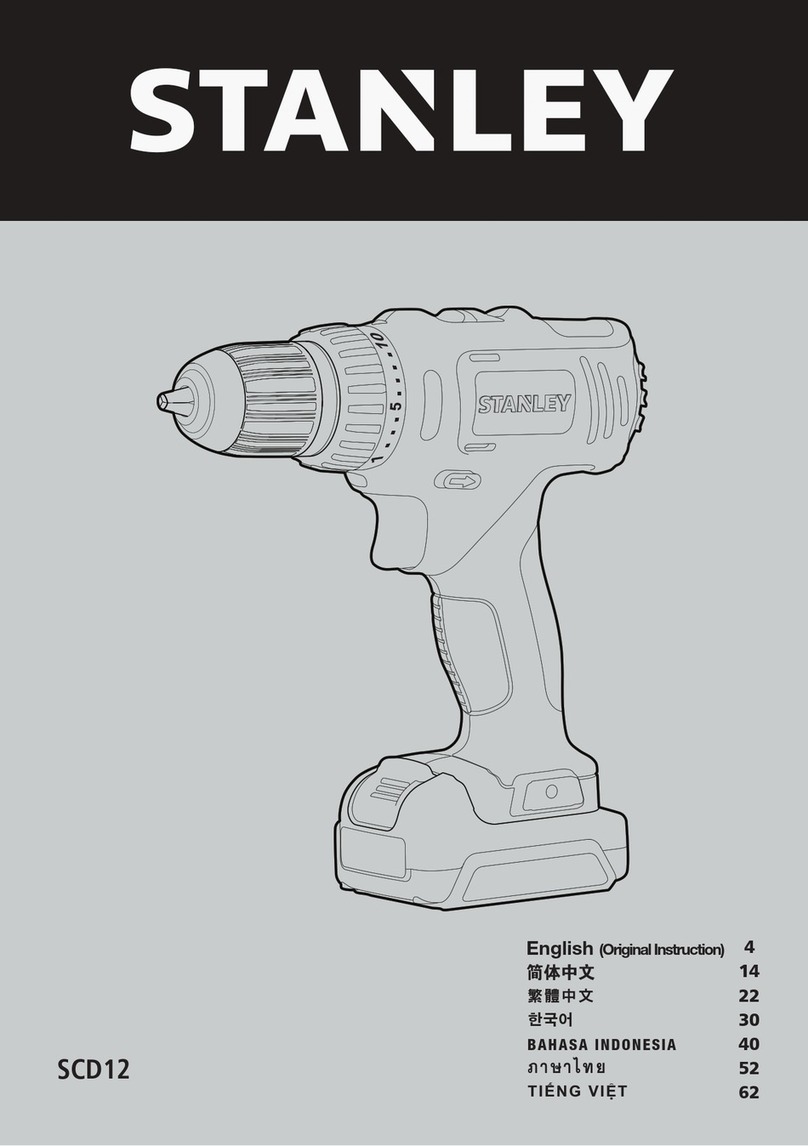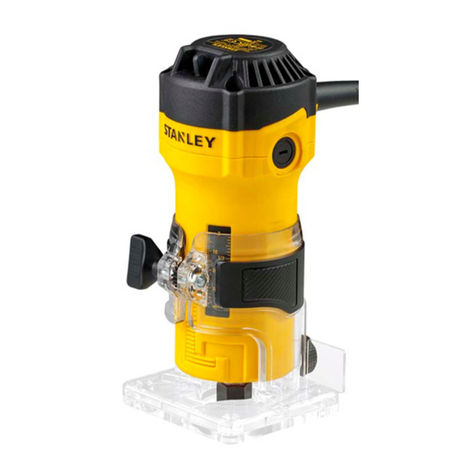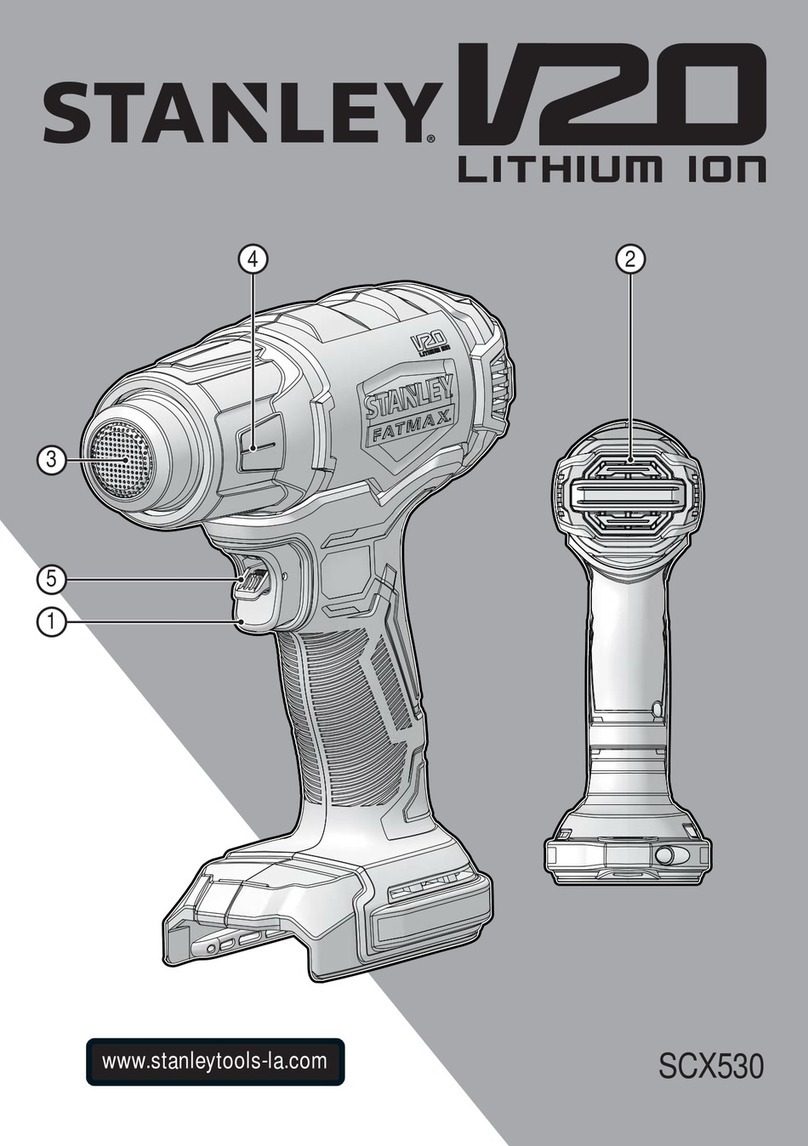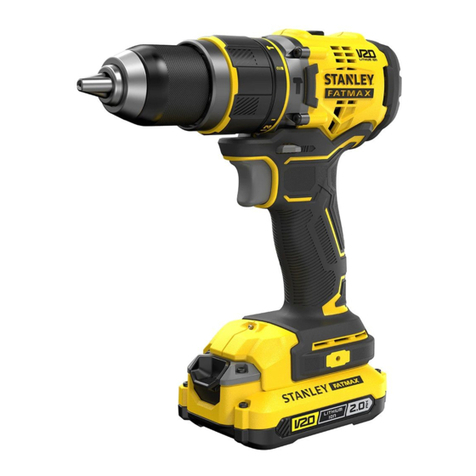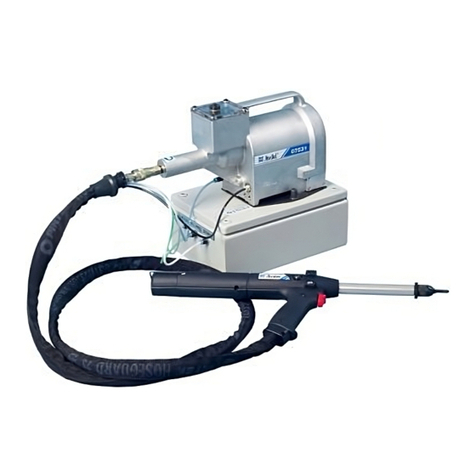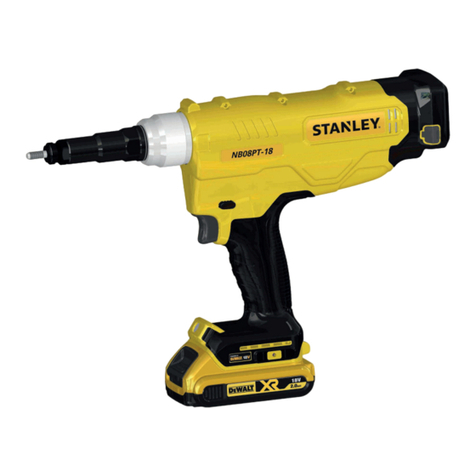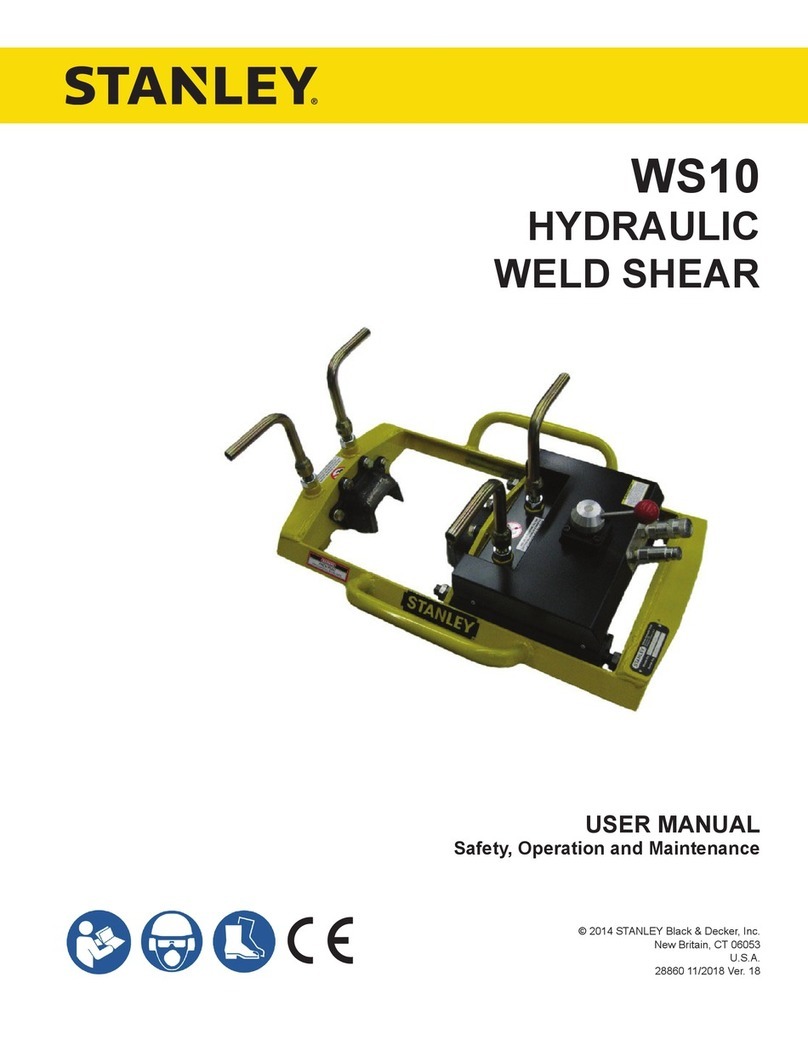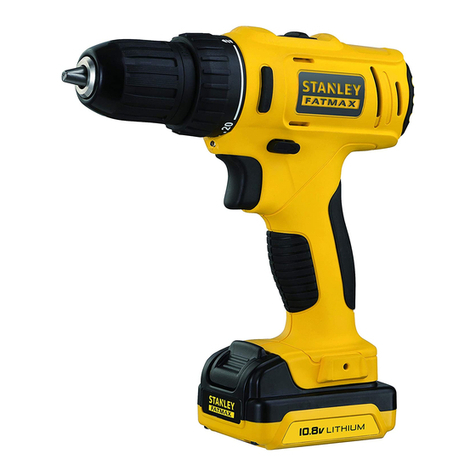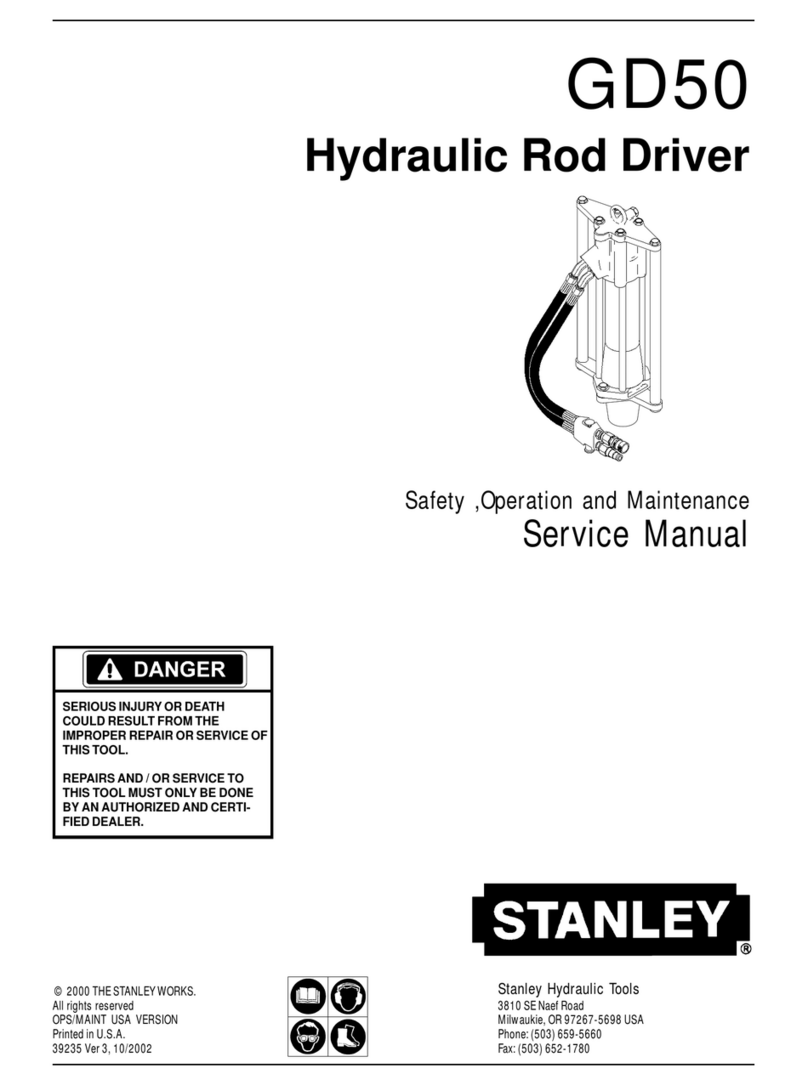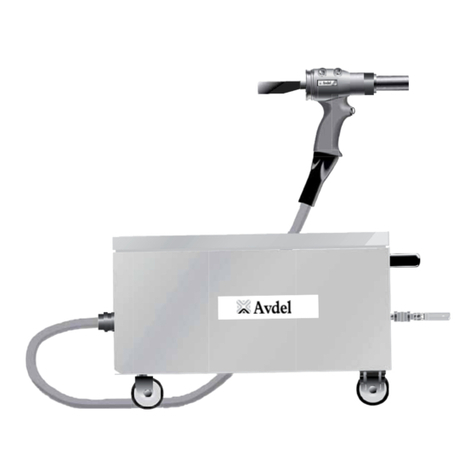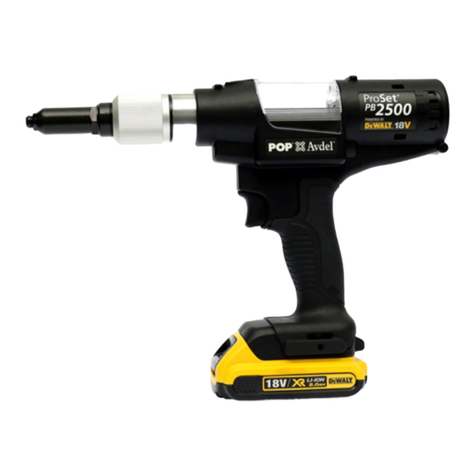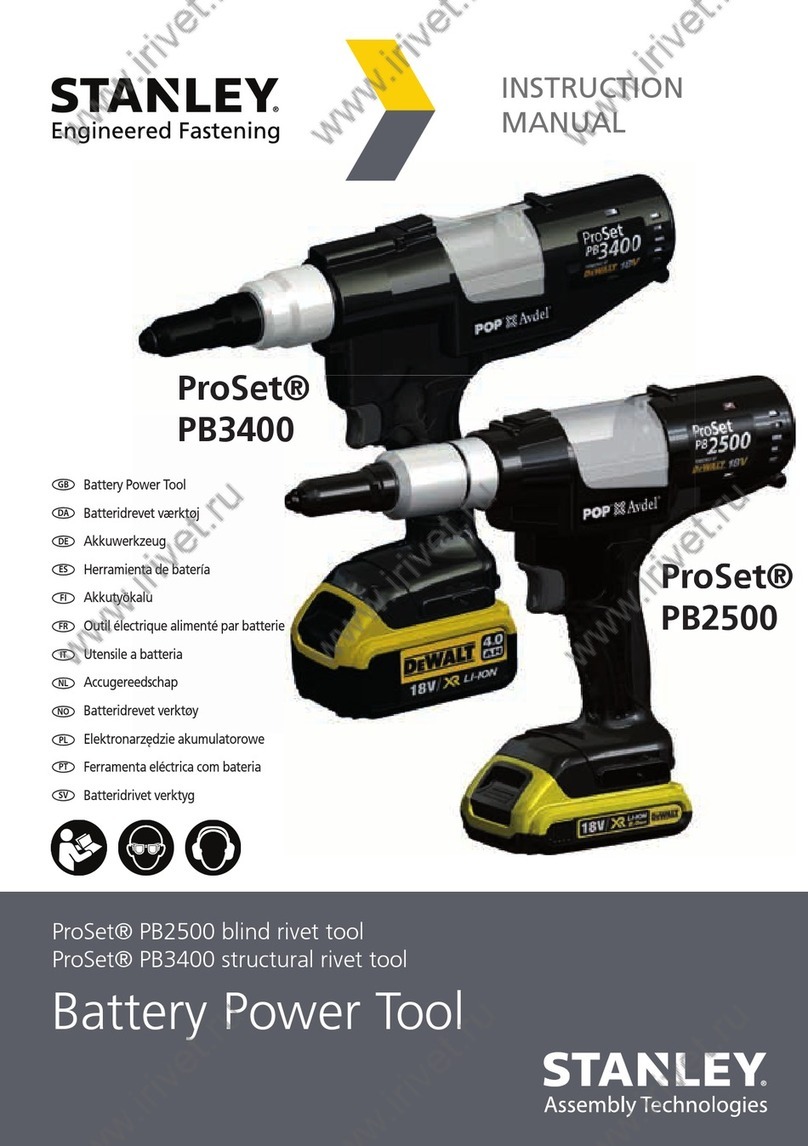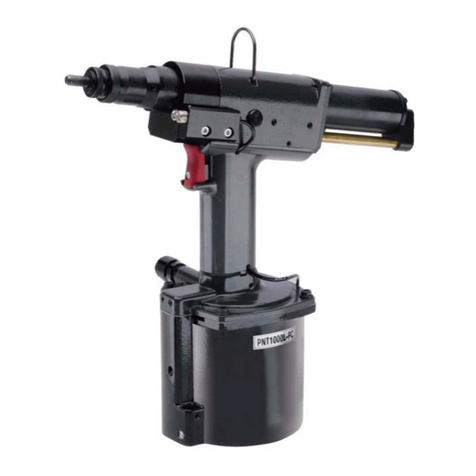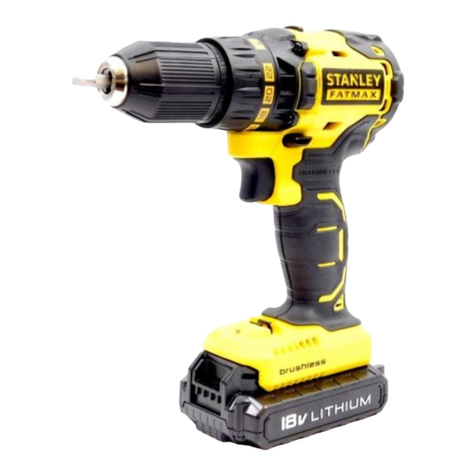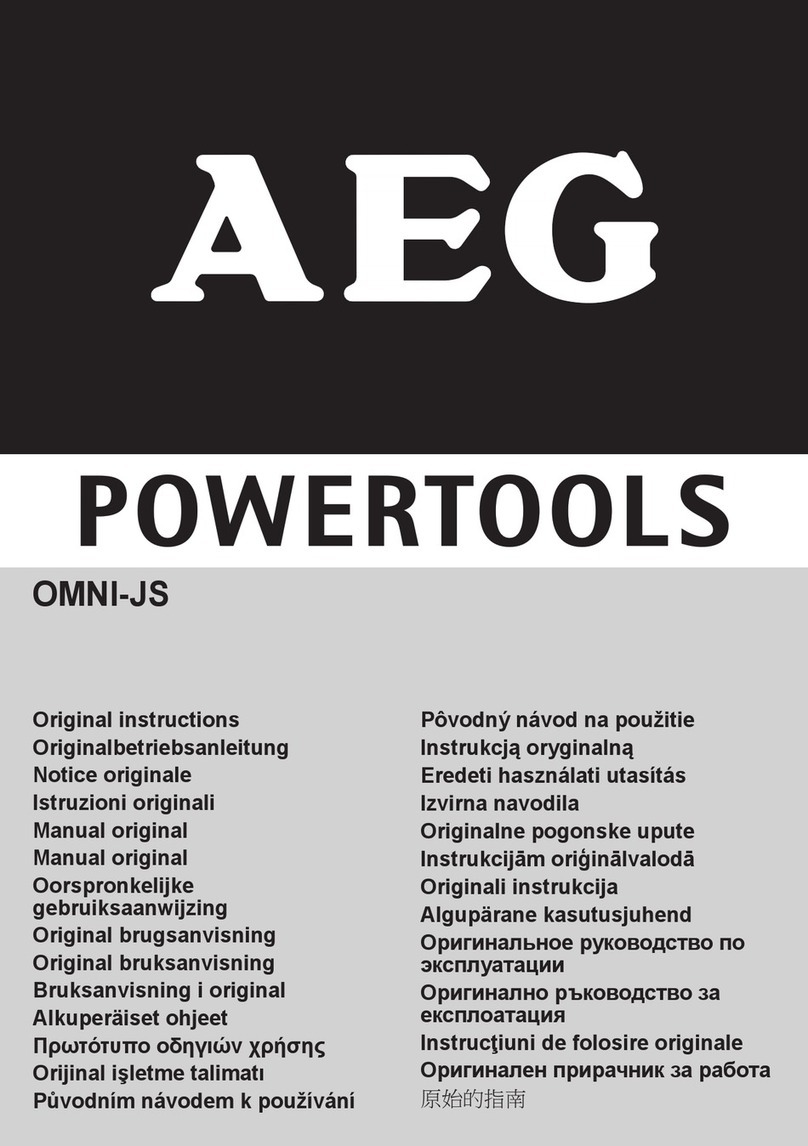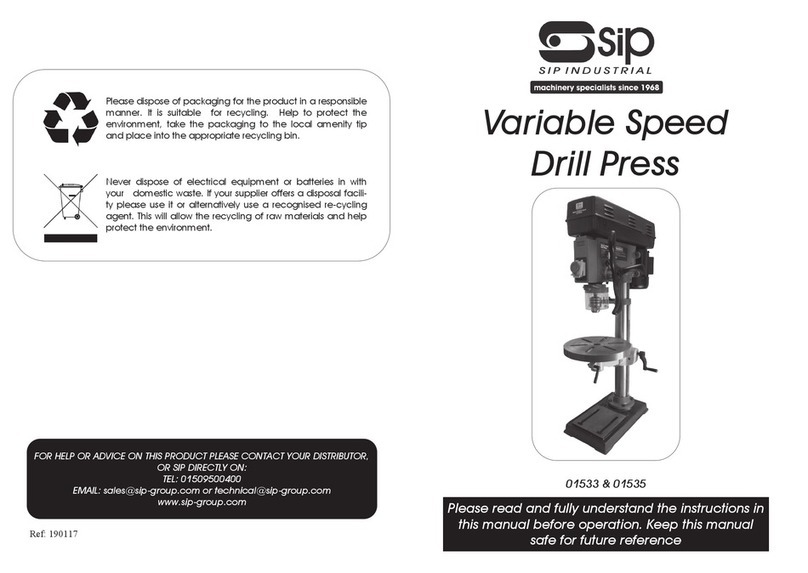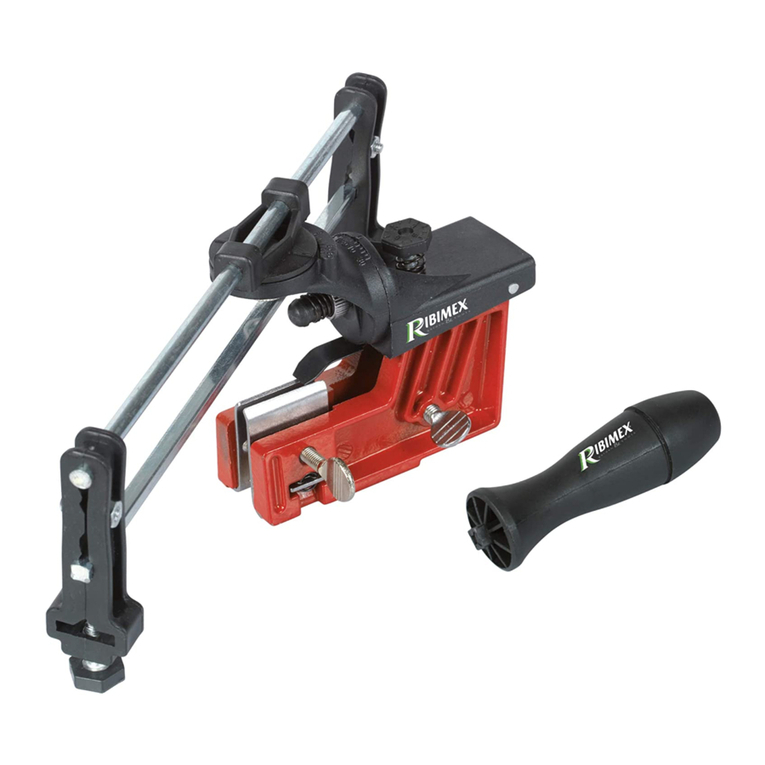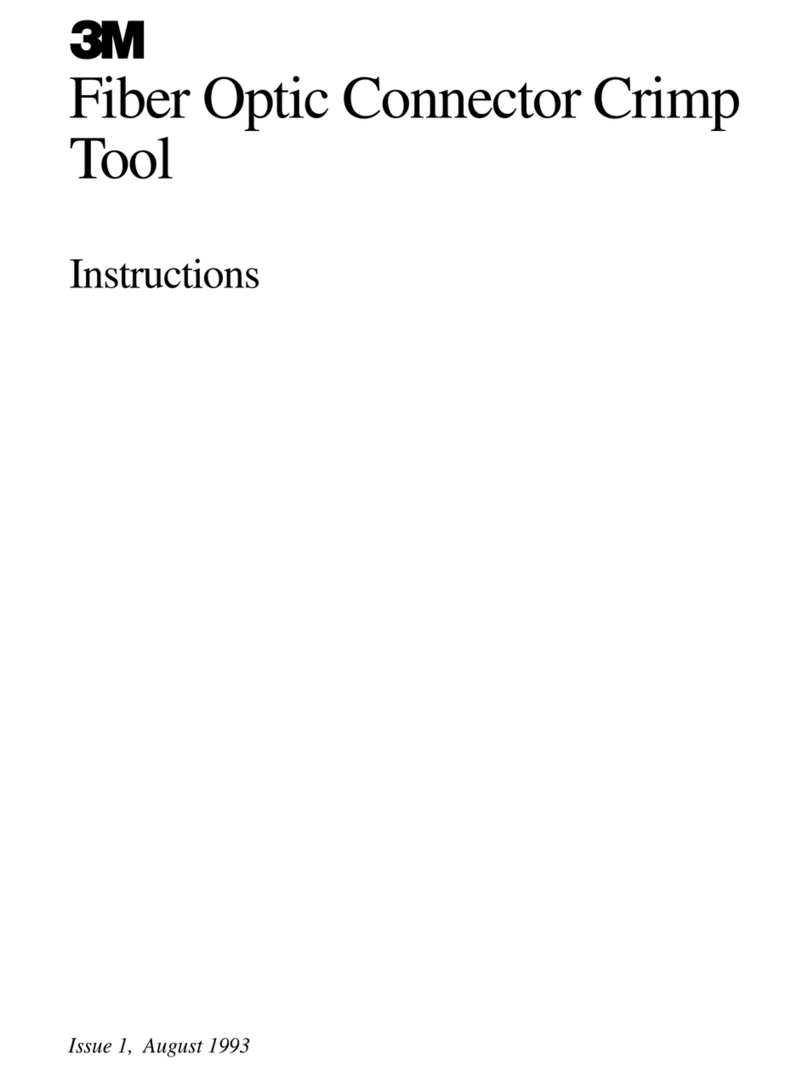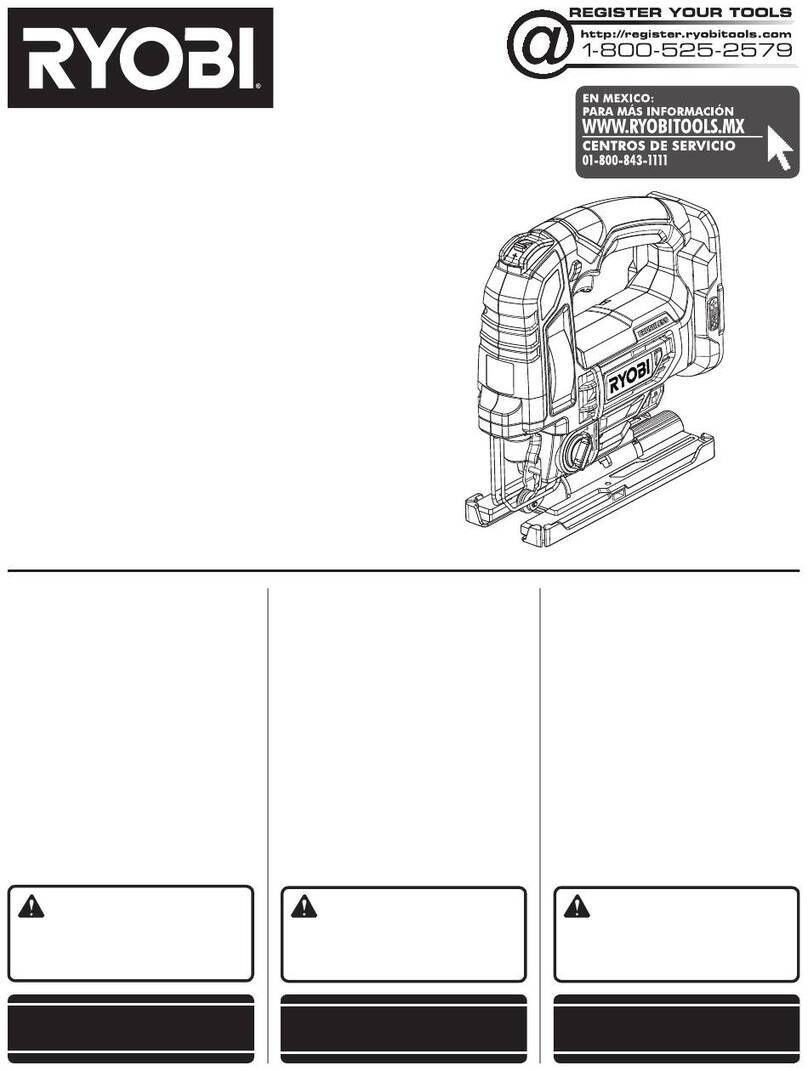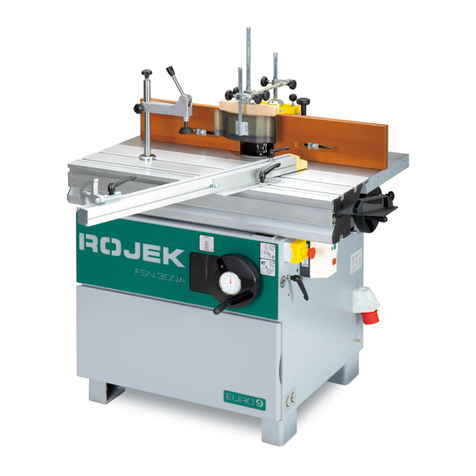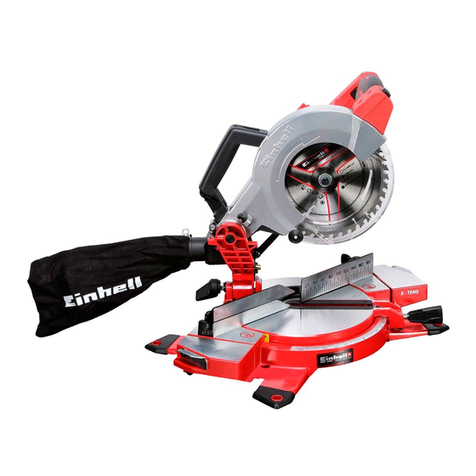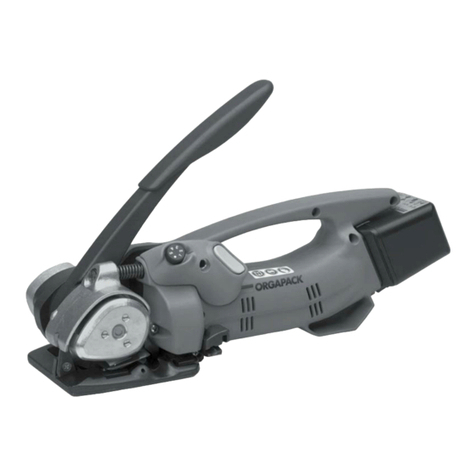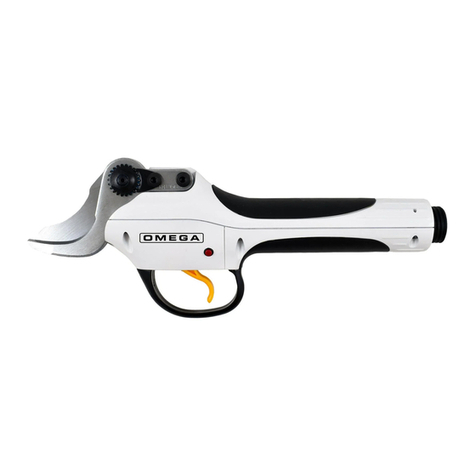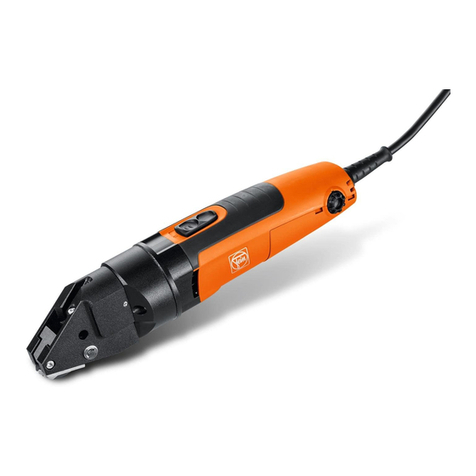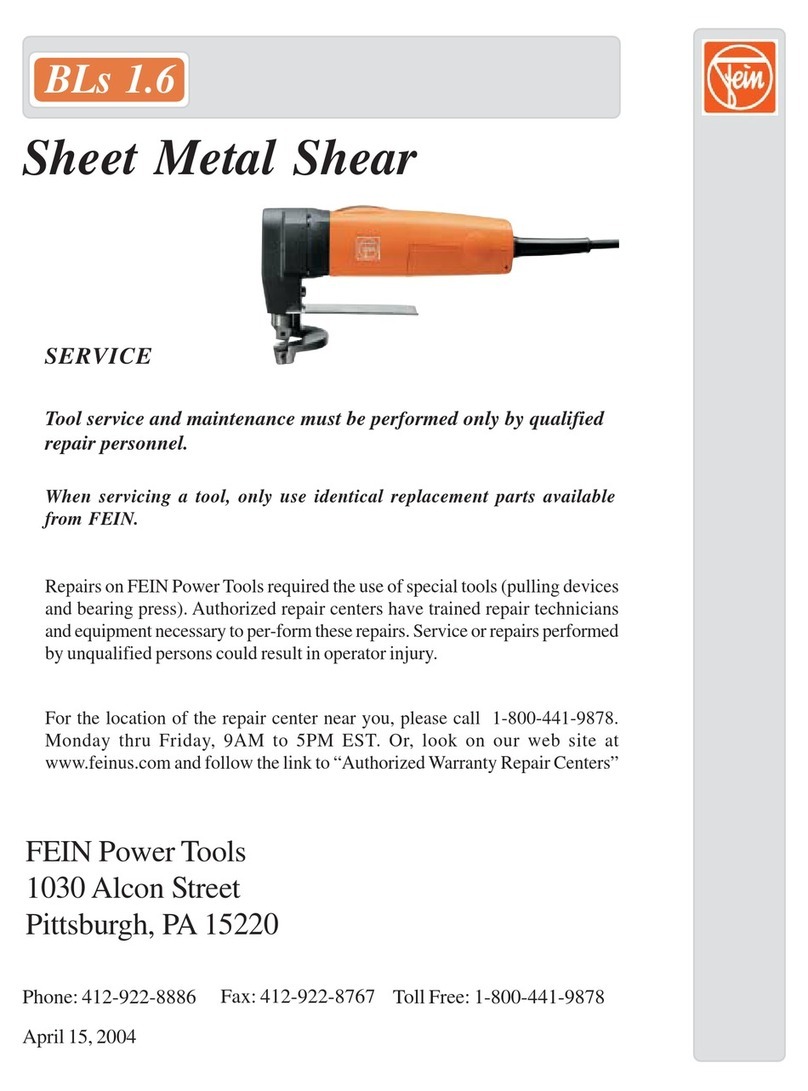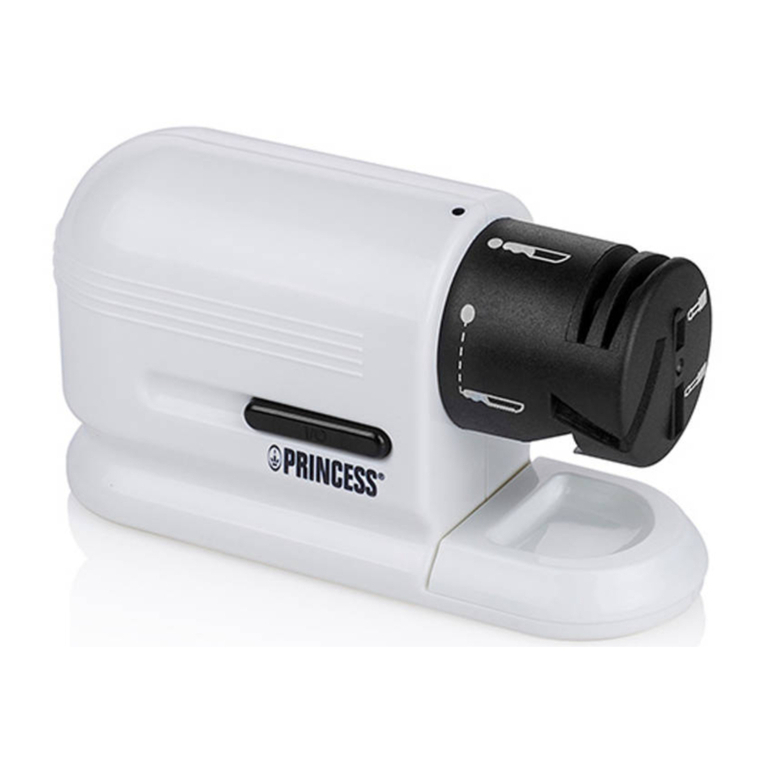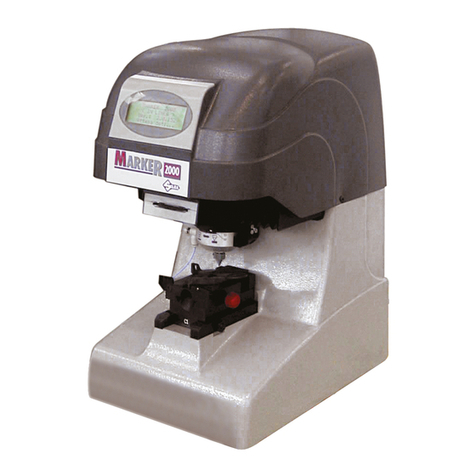
ENGLISH ORIGINAL INSTRUCTION
4
yAlways wear impact-resistant eye protection during operation of the tool. The grade of protection required should
be assessed for each use.
yThe risks to others should also be assessed at this time.
yEnsure that the workpiece is securely xed.
yCheck that the means of protection from ejection of fastener and/or mandrel is in place and is operative.
yWarn against the possible forcible ejection of mandrels from the front of the tool.
yDO NOT operate a tool that is directed towards any person(s).
1.3 OPERATING HAZARDS
yUse of the tool can expose the operator’s hands to hazards, including crushing, impacts, cuts and abrasions and
heat. Wear suitable gloves to protect hands.
yOperators and maintenance personnel shall be physically able to handle the bulk, weight, and power of the tool.
yHold the tool correctly; be ready to counteract normal or sudden movements and have both hands available.
yKeep tool handles dry, clean, and free from oil and grease.
yMaintain a balanced body position and secure footing when operating the tool.
yRelease the start-and-stop device in the case of an interruption of the hydraulic supply.
yUse only lubricants recommended by the manufacturer.
yContact with hydraulic uid should be avoided. To minimise the possibility of rashes, care should be taken to wash
thoroughly if contact occurs.
yMaterial Safety Data Sheets for all hydraulic oils and lubricants is available on request from your tool supplier.
yAvoid unsuitable postures as it is likely for these positions not to allow counteracting of normal or unexpected
movement of the tool.
yIf the tool is xed to a suspension device, make sure that the xation is secure.
yBeware of the risk of crushing or pinching if nose equipment is not tted.
yDO NOT operate tool with the nose casing removed.
yAdequate clearance is required for the tool operator’s hands before proceeding.
yWhen carrying the tool from place to place keep hands away from the trigger to avoid inadvertent activation.
yDO NOT abuse the tool by dropping or using it as a hammer.
yCare should be taken to ensure that spent mandrels do not create a hazard.
1.4 REPETITIVE MOTIONS HAZARDS
yWhen using the tool, the operator can experience discomfort in the hands, arms, shoulders, neck or other parts of
the body.
yWhile using the tool, the operator should adopt a comfortable posture whilst maintaining a secure footing and avo-
iding awkward or o -balance postures. The operator should change posture during extended tasks; this can help
avoid discomfort and fatigue.
yIf the operator experiences symptoms such as persistent or recurring discomfort, pain, throbbing, aching, tingling,
numbness, burning sensations or sti ness, these warning signs should not be ignored. The operator should tell the
employer and consult a qualied health professional.
1.5 ACCESSORY HAZARDS
yDisconnect the tool from the hydraulic and electrical supply before tting or removing the nose assembly or acces-
sory.
yUse only sizes and types of accessories and consumables that are recommended by the manufacturer of the tool;
do not use other types or sizes of accessories or consumables.
1.6 WORKPLACE HAZARDS
ySlips, trips and falls are major causes of workplace injury. Be aware of slippery surfaces caused by use of the tool and
also of trip hazards caused by the air line or hydraulic hose.
yProceed with care in unfamiliar surroundings. There can be hidden hazards, such as electricity or other utility lines.
yThe tool is not intended for use in potentially explosive atmospheres and is not insulated against contact with
electric power.
yEnsure that there are no electrical cables, gas pipes, etc., which can cause a hazard if damaged by use of the tool.
yDress properly. Do not wear loose clothing or jewellery. Keep your hair, clothing and gloves away from moving
parts. Loose clothes, jewellery or long hair can be caught in moving parts.
yCare should be taken to ensure that spent mandrels do not create a hazard.
